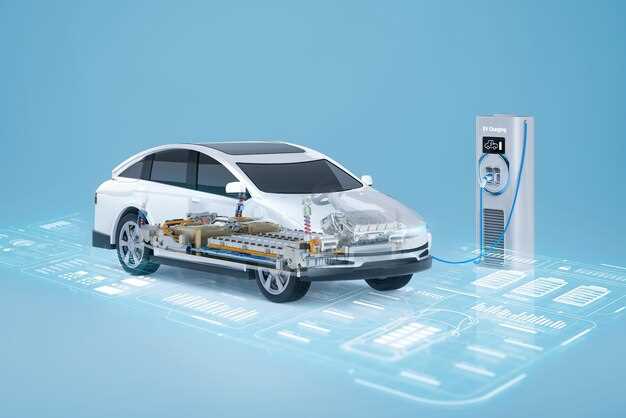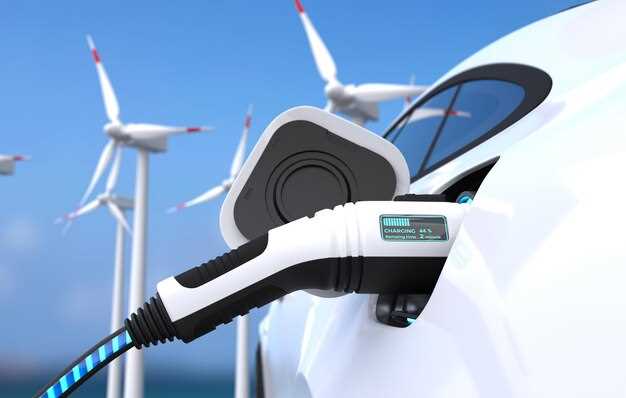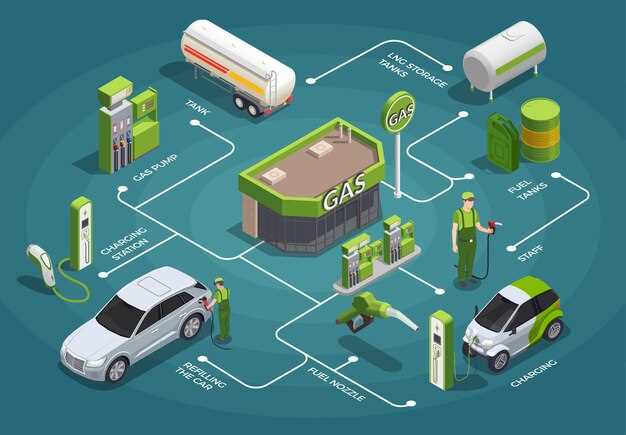
The automotive industry is undergoing a remarkable transformation, with hydrogen fuel cell vehicles (FCVs) emerging as a viable alternative to traditional gasoline and electric cars. As concerns over climate change and air pollution grow, the demand for clean and efficient energy solutions is at an all-time high. Hydrogen fuel cells represent a promising technology that combines environmental sustainability with high performance, paving the way for the next generation of automobiles.
Hydrogen fuel cell technology operates by converting hydrogen gas into electricity through a chemical reaction within the fuel cell. This process not only produces zero emissions–only water vapor is released–but also offers quick refueling times and extended driving ranges, making it an attractive option for consumers. As automakers increasingly invest in this technology, understanding the future trends driving the adoption of hydrogen fuel cell cars is critical for stakeholders and consumers alike.
In the coming years, we can expect significant advancements in hydrogen production, storage, and distribution infrastructure, all of which will be vital for the widespread adoption of FCVs. Innovations in cell design and efficiency, combined with government initiatives and partnerships, will play a crucial role in shaping the landscape of hydrogen fuel cell vehicles. As these trends unfold, they hold the potential to revolutionize the way we think about transportation and energy consumption.
Advancements in Hydrogen Production Technologies
Recent advancements in hydrogen production technologies are paving the way for more efficient and sustainable fuel cell vehicles. Traditional methods of hydrogen production, such as steam methane reforming, have significant carbon emissions. However, innovative techniques are emerging to enhance sustainability and reduce environmental impact.
One of the most promising developments is the use of electrolysis powered by renewable energy sources. This green hydrogen production method splits water into hydrogen and oxygen, resulting in zero emissions. The integration of solar, wind, and hydroelectric power into electrolysis systems is gaining momentum, allowing for a clean and scalable production of hydrogen fuel.
Another notable progress is in biohydrogen production. Utilizing organic waste and biomass, researchers are developing processes that convert these materials into hydrogen. Methods such as dark fermentation and gasification hold potential for creating hydrogen from renewable resources, contributing to a circular economy and minimizing waste.
Advancements in catalyst materials are also critical for enhancing the efficiency of hydrogen production. New research focuses on optimizing catalysts to lower energy requirements and increase the rate of hydrogen generation. The development of membrane technologies, such as proton exchange membranes, aids in improving the overall efficiency of these processes.
Finally, innovations in scale-up technologies are streamlining hydrogen production facilities, making them more economically viable. Modular systems enable localized production, reducing transportation costs and increasing access to hydrogen fuel. As these advancements continue to unfold, the hydrogen economy will become a more integral part of the transition to sustainable transportation and fuel cell vehicles.
Infrastructure Development for Hydrogen Fuel Cell Adoption

The successful integration of hydrogen fuel cell vehicles (FCVs) into the mainstream automotive market depends significantly on the development of a robust infrastructure. This infrastructure encompasses a network of hydrogen production, storage, distribution, and refueling stations that are essential for the accessibility and viability of hydrogen as a fuel.
A critical component of this infrastructure is the establishment of hydrogen refueling stations. These stations must be strategically located to ensure that FCV users can easily access fueling options similar to traditional gasoline stations. Investments in both public and private sectors are necessary to construct and maintain these facilities, with an emphasis on high-traffic areas and routes where FCVs are likely to operate.
Additionally, hydrogen production methods must be expanded to meet the anticipated demand from fuel cell vehicles. Currently, most hydrogen is produced through natural gas reforming, which is not entirely sustainable. There is a pressing need to invest in green hydrogen technologies, such as electrolysis, which can utilize renewable energy sources. This shift will not only provide cleaner fuel but also enhance the overall safety and sustainability of the hydrogen supply chain.
Storage solutions for hydrogen must also be developed to ensure that it can be held safely and economically at refueling stations. High-pressure tanks and other innovative storage technologies are essential for maintaining a consistent supply and minimizing costs. Furthermore, the distribution network, including pipelines and transportation methods, needs to be optimized to facilitate efficient movement of hydrogen from production to end users.
Collaboration between government agencies, automotive manufacturers, and energy providers is vital in promoting the expansion of this infrastructure. Public policies and incentives can further stimulate investment in hydrogen technologies and ensure that the necessary regulations support safe and efficient operations.
Furthermore, consumer awareness and education about the benefits of hydrogen fuel cells must be prioritized to drive adoption. Enhancing public knowledge about the availability of hydrogen infrastructure can alleviate concerns regarding range anxiety and fuel accessibility.
In conclusion, the future of hydrogen fuel cell vehicles largely hinges on the continuous development and enhancement of a comprehensive infrastructure. This infrastructure should ensure that hydrogen is a practical, widely accessible fuel option for consumers, ultimately advancing the transition to cleaner transportation solutions.
Economic Impacts of Hydrogen Cars on the Automotive Industry

The introduction of hydrogen fuel cell vehicles (HFCVs) is poised to transform the automotive industry significantly. As the world shifts towards sustainable energy solutions, the implications for the economy are profound. The adoption of hydrogen cars can lead to reduced dependence on fossil fuels, ultimately lowering operating costs for consumers and manufacturers alike.
One of the primary economic impacts is the potential for job creation in the hydrogen sector. As demand for hydrogen infrastructure, such as fueling stations and production facilities, increases, new employment opportunities will emerge. This will require a skilled workforce, driving educational initiatives and training programs in engineering and technology related to hydrogen energy.
Furthermore, the growth of hydrogen cars can stimulate innovation within the automotive sector. Manufacturers will invest significantly in research and development (R&D) to enhance fuel efficiency and decrease production costs of hydrogen vehicles. This competitive pressure can lead to technological breakthroughs that may benefit the industry as a whole.
Conversely, the transition to hydrogen fuel cell technology may disrupt existing markets. Traditional automotive manufacturers might face challenges adapting their business models to accommodate the new energy paradigm. Additionally, the shift toward hydrogen could impact the oil and gas industry, prompting economic shifts in regions dependent on fossil fuel extraction.
Ultimately, hydrogen cars represent an opportunity for a more sustainable economic future within the automotive industry. By fostering cleaner technologies and reducing emissions, hydrogen vehicles can contribute to a greener economy, aligning with global efforts to combat climate change. The long-term implications for job creation, innovation, and market dynamics will be crucial as this technology gains traction in the coming years.
